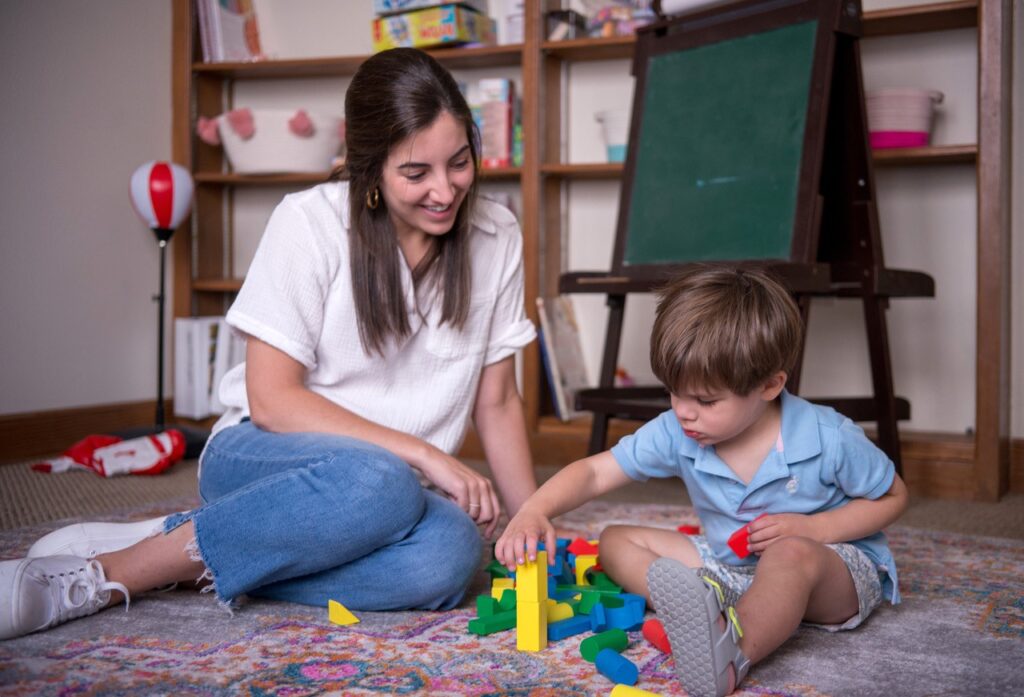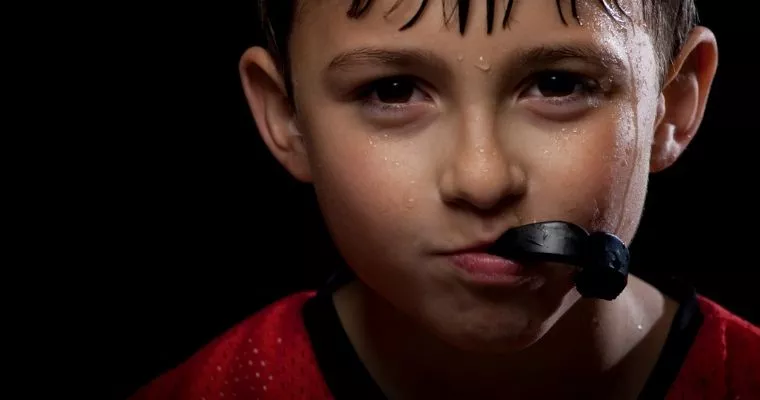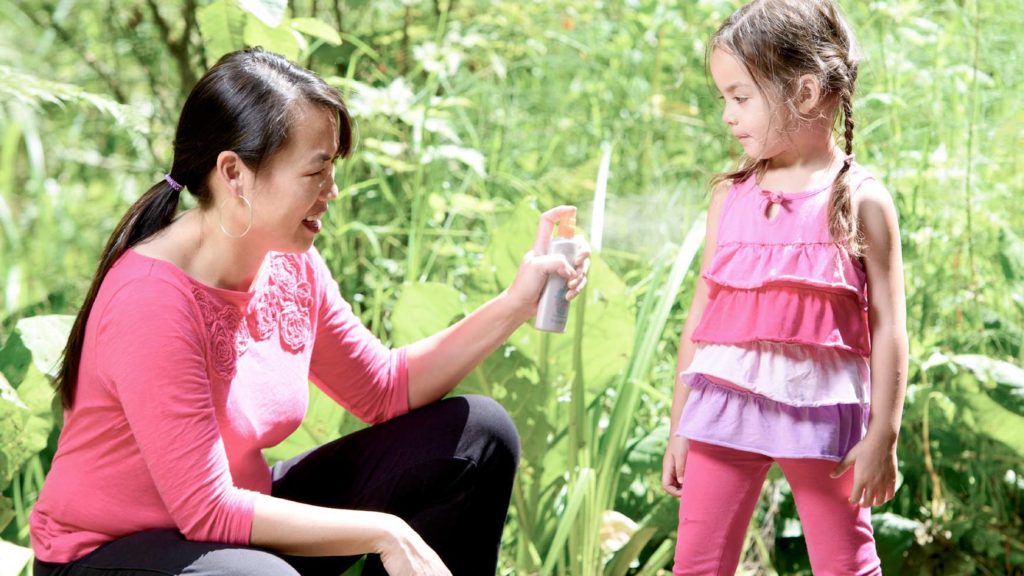Holly Clegg’s Kid-Friendly Easy Mardi Gras King Cake Recipe
Holly Clegg was one of Baton Rouge Family Fun’s greatest supporters. She shared many recipes and resources with Baton Rouge Family Fun. We hope they will continue to be enjoyed by families in Baton Rouge and beyond for years to come. Below is one of her posts from 2018; it’s a community favorite, and it’s […]
Holly Clegg’s Kid-Friendly Easy Mardi Gras King Cake Recipe Read More »













